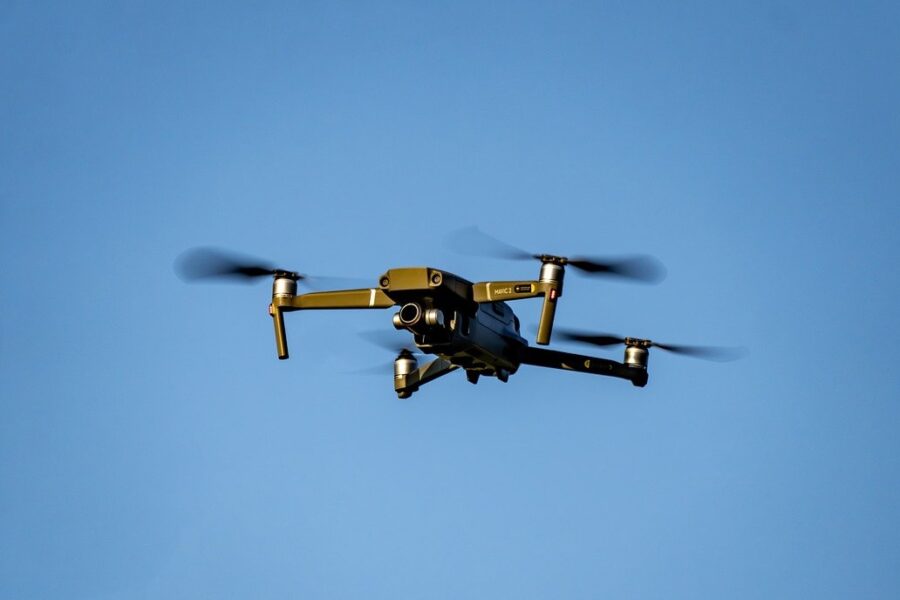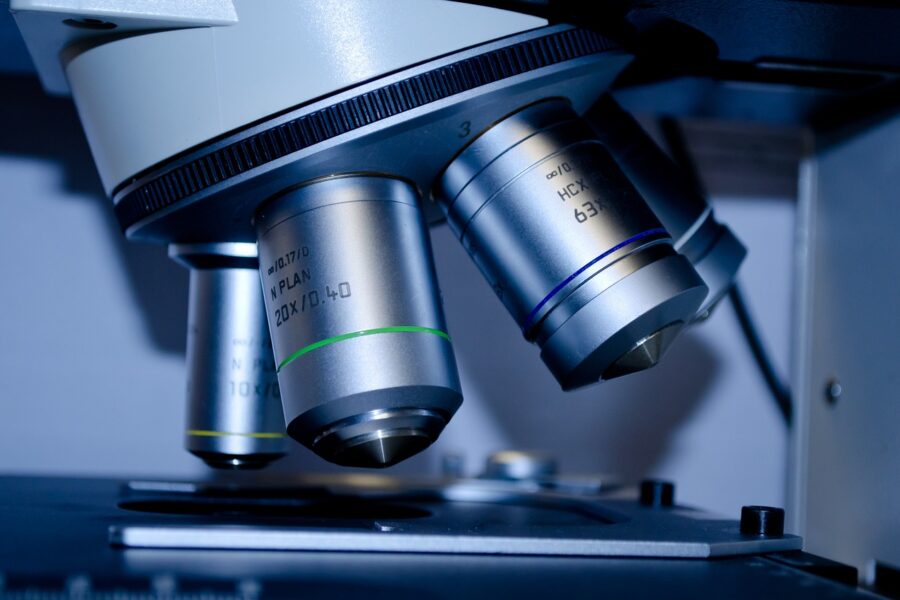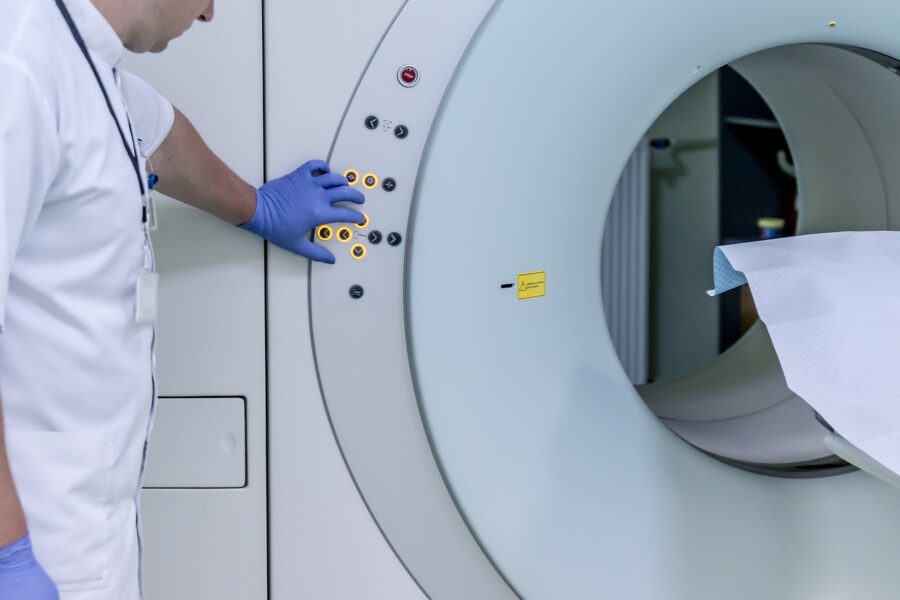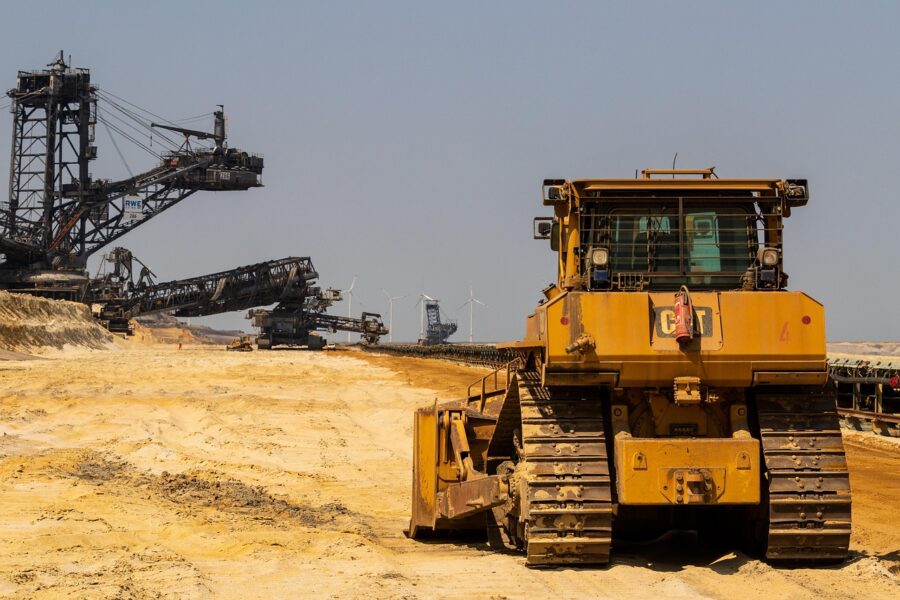Pilbara Minerals (ASX: PLS) has delivered its March quarter update, showing it’s well into a transitional phase—wrapping up major expansion works and shifting gears towards optimisation and cost control. While production and sales were down this quarter, the company stayed the course operationally and reaffirmed its full-year guidance.
Production Impacted by Weather and Commissioning
Spodumene production came in at 125kt, a 34% dip from December’s 188kt. This drop wasn’t unexpected, with the company flagging the full quarter impact of the Ngungaju plant being offline under the P850 model, plus downtime from Cyclone Zelia and tie-ins from the P1000 expansion project. Sales followed suit, falling to 125.5kt from 204kt.
The good news? P1000 commissioning is now complete and plant optimisation is underway. Pilbara says this sets the stage for higher volumes and lower costs from Q4 and into FY26.
Revenue Down, Margins Resilient
Revenue fell 30% to $150 million due to lower sales volumes, despite a 7% lift in lithium prices to US$747/t (SC5.3). Costs were higher, as expected during the ramp-up phase, with FOB unit costs up 10% to A$685/t. Still, cash margins held up with $39 million generated from operations, and a closing cash balance of $1.1 billion leaves the company in solid shape.
Project Pipeline: Build Phase Nearing an End
Pilbara has been busy:
- P1000 is done and dusted from a build perspective, with optimisation now the focus.
- The Mid-Stream Demonstration Plant restarted construction, buoyed by $15 million in WA government support.
- Over in Brazil, the Colina Project (via the Latin Resources acquisition) has entered its next phase, with exploration and study optimisation now underway.
- The POSCO downstream JV in South Korea continues to ramp up, with Train 1 now selling battery-grade lithium and Train 2 targeting customer certification later this year.
Focus: Cost Control, Optimisation and Flexibility
Pilbara is doubling down on operational flexibility and cost control. A dedicated internal team is now tasked with executing cost-cutting initiatives. The transition to the P850 model, workforce reductions, and tighter capex discipline are already showing up in the numbers. The company’s strong balance sheet gives it room to ride out lithium market volatility and strike when the time is right.
Final Word
Despite a soft quarter in terms of output, Pilbara’s narrative is increasingly about what’s next. The heavy lifting of expansion is mostly done. Now, it’s about squeezing more out of what they’ve built—driving volumes, lowering costs, and staying nimble. That, paired with $1.1B in the bank, leaves PLS in a good position to navigate a volatile but opportunity-rich lithium market.





